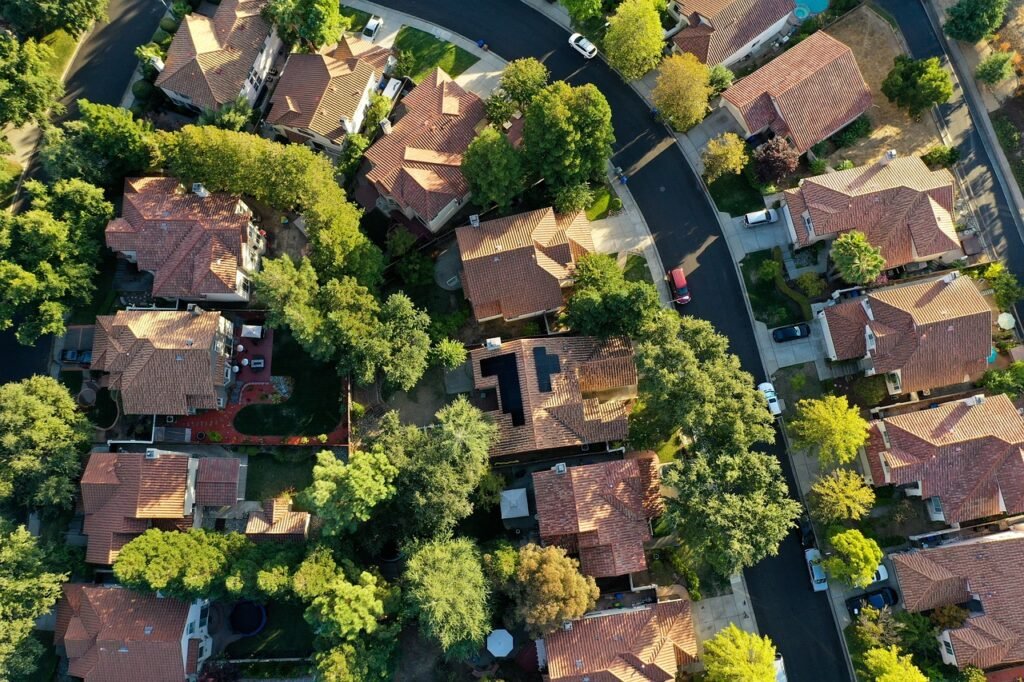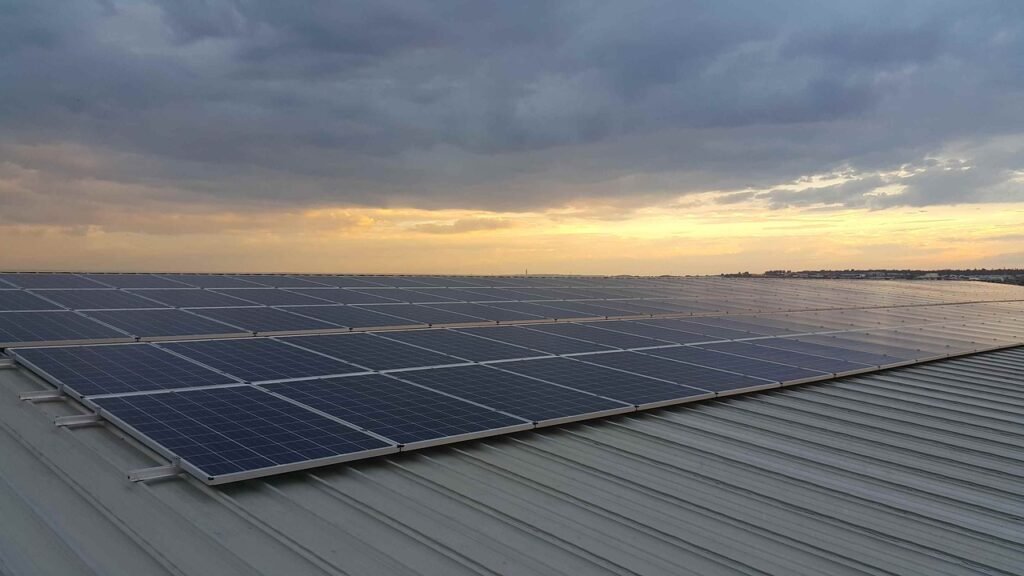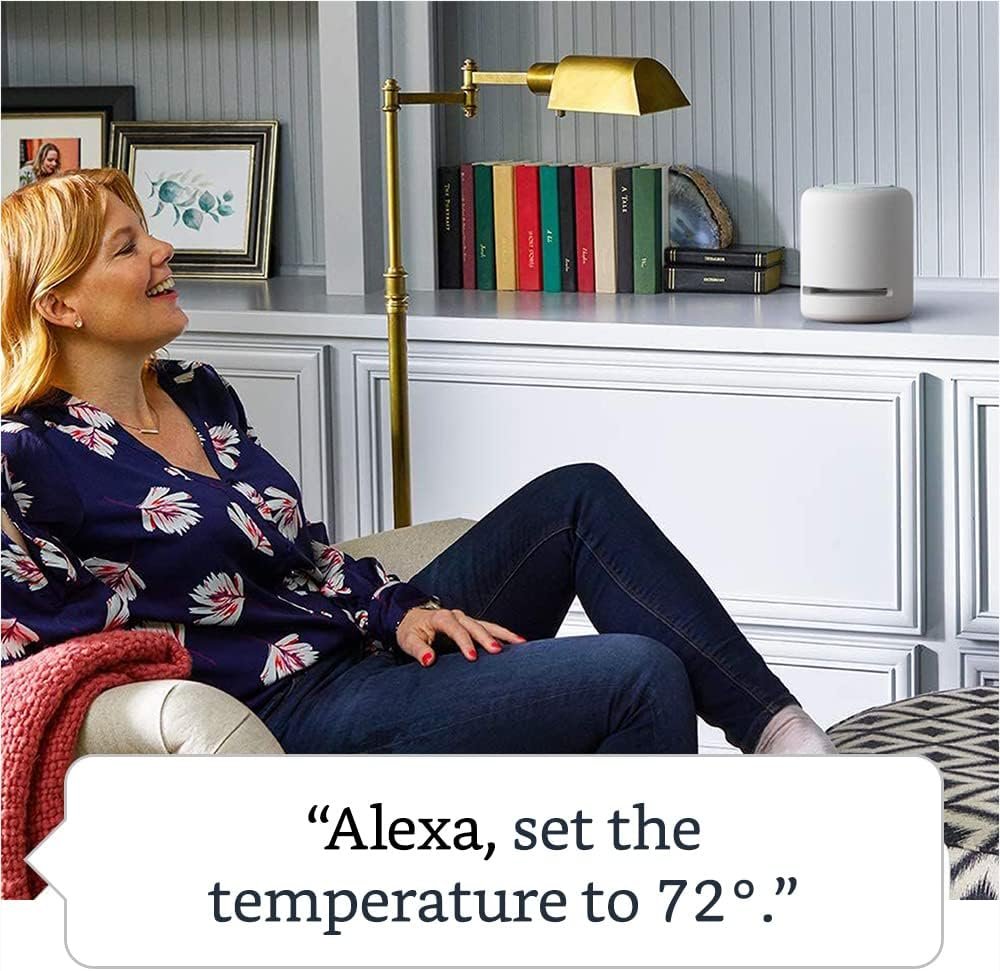Have you ever wondered what truly makes a green home a green home? As more of us look toward sustainable living, understanding the intricate aspects of eco-friendly home designs has become increasingly essential. Let me guide you through the ins and outs of transforming your living space into a haven of ecological harmony.

Understanding the Concept of a Green Home
Before we get into the nuts and bolts, it’s important to grasp the overarching idea of what constitutes a “green” home. Fundamentally, a green home is designed, built, and maintained to be energy-efficient, environmentally friendly, and sustainable. This concept goes beyond just planting a few trees or installing solar panels.
Core Principles of Green Homes
Every green home leverages several key principles, aimed at reducing the carbon footprint and fostering an eco-friendly lifestyle. These principles include energy efficiency, water conservation, the use of sustainable materials, and the enhancement of indoor environmental quality. Each of these contributes significantly to the sustainability of a home.
Why Green Homes Matter
Green homes do more than just lessen environmental impacts; they contribute to healthier living environments. They often result in reduced utility bills and increased comfort, benefiting both the inhabitants and the planet alike. Understanding the ‘why’ behind green homes helps to appreciate their broader impact.
Energy Efficiency: The Backbone of Green Homes
Energy efficiency is often regarded as the heart of a green home. It encompasses various strategies that help minimize energy consumption while maximizing output, making homes both cost-effective and sustainable.
Insulation and Air Sealing
Good insulation and proper air sealing can significantly reduce energy consumption by minimizing heat loss in winter and keeping homes cool in the summer. Proper insulation materials also decrease reliance on heating and cooling systems, resulting in substantial energy savings.
Efficient Appliances and Lighting
Using energy-efficient appliances and lighting is a straightforward yet effective way to reduce overall energy consumption. Consider choosing appliances with an Energy Star rating and replacing incandescent bulbs with LED lights to make a significant impact on your energy bills.
Renewable Energy Sources
Harnessing renewable energy sources transforms a green home into a powerhouse of sustainability. Solar panels, for example, capture solar energy and convert it into electricity. This not only lowers electricity costs but also reduces dependency on fossil fuels.

Water Conservation: Preserving a Precious Resource
Water conservation is a key element of green homes. It involves strategies and technologies designed to reduce water usage and waste, ensuring that this vital resource is available for future generations.
Low-Flow Fixtures
Installing low-flow fixtures, such as faucets, showerheads, and toilets, can drastically reduce water use. These fixtures are designed to maintain performance while using less water, ensuring efficiency without sacrificing comfort.
Greywater Systems
Greywater systems recycle water from sinks, showers, and washing machines for uses such as irrigation. By redirecting greywater, these systems contribute to significant water savings and promote sustainability.
Rainwater Harvesting
Harvesting rainwater is an effective strategy for reducing water demand. Collected rain can be used for various purposes, such as watering plants, flushing toilets, or even cleaning, if adequately filtered.
Sustainable Materials: Building with the Earth in Mind
The materials used in constructing a green home are crucial. They should have minimal environmental impact and promote resource efficiency throughout their lifecycle.
Recycled and Reclaimed Materials
Using recycled or reclaimed materials reduces the demand for new resources. These materials, often repurposed from previous constructions, add a unique character to homes while supporting sustainability goals.
Locally Sourced Materials
Locally sourced materials minimize transportation emissions, support local economies, and often blend better with the native environment. This practice enhances both the environmental and economic sustainability of home building.
Non-Toxic Building Materials
Choosing non-toxic building materials is vital for indoor air quality and occupant health. Materials without volatile organic compounds (VOCs), formaldehyde, and other harmful chemicals are preferred, as they ensure a healthier living space.

Indoor Environmental Quality: Ensuring Health and Comfort
Indoor environmental quality is about creating a living space that’s not just sustainable but also comfortable and healthy. It focuses on air quality, natural lighting, and thermal comfort.
Ventilation and Air Quality
Adequate ventilation systems ensure that indoor air remains fresh and free of pollutants. High-efficiency particulate air (HEPA) filters and proper ventilation systems are key to maintaining good air quality.
Natural Lighting
Strategically placed windows and skylights can significantly enhance natural lighting, reducing the need for artificial lighting during the day. Natural light improves mood, enhances productivity, and reduces energy consumption.
Acoustic Comfort
Acoustic comfort contributes to overall quality of life in a home. Proper design can minimize noise intrusion from the outside and improve sound quality inside, creating a harmonious living environment.
Landscaping: Extending Environmental Considerations Outdoors
Green home principles extend beyond the walls of the house into the surrounding landscape. Eco-friendly landscaping practices support biodiversity, conserve water, and enhance the home’s integration with its environment.
Native Plants
Utilizing native plants in landscaping reduces water usage and maintenance needs, as these plants are naturally adapted to local conditions. They also support local wildlife, offering habitats and food sources.
Permeable Surfaces
Permeable surfaces, like gravel or permeable pavers, allow rainwater to seep into the ground rather than runoff. This helps replenish groundwater supplies and reduces the burden on stormwater systems.
Composting
Composting organic waste reduces landfill contributions and creates nutrient-rich compost ideal for gardening. It’s a simple yet effective way of managing waste and enriching soil.
Smart Technology: The Digital Front of Green Living
The integration of smart technology is increasingly relevant in green homes. Such technologies enhance efficiency, comfort, and sustainability by automating various aspects of daily life.
Smart Thermostats
Smart thermostats allow users to control heating and cooling systems remotely, optimizing energy use according to schedules and preferences. They learn habits over time, providing a personalized and efficient climate control experience.
Energy Monitoring Systems
Energy monitoring systems help track energy usage, providing insights into consumption patterns. This awareness encourages energy-saving behaviors and facilitates better management of resources.
Home Automation
Home automation systems integrate various technologies, allowing users to control lighting, security, and appliances easily. This automation saves energy and enhances convenience, adapting to the users’ lifestyle and preferences.
Financial Considerations: Is There a Cost to Going Green?
While the initial costs of green home features can be higher, they often lead to significant long-term savings. Evaluating these financial aspects helps in understanding the real value of investing in a green home.
Initial Investment vs. Long-Term Savings
The initial investment in green technologies and materials may seem daunting, but the reduction in utility bills and maintenance costs over time often offsets this. Calculating potential energy and water savings can provide a clearer picture of future benefits.
| Feature | Initial Cost | Long-Term Savings |
|---|---|---|
| Solar Panels | High | High |
| Energy-Efficient Appliances | Moderate | Moderate to High |
| Low-Flow Fixtures | Low to Moderate | Moderate |
Incentives and Rebates
Many governments and local institutions offer financial incentives, rebates, or tax credits for adopting green technologies. Investigating available programs can help reduce the initial cost burden and enhance the financial feasibility of green renovations.
Challenges in Building and Maintaining Green Homes
Building and maintaining a green home can present certain challenges, from selecting appropriate materials to ensuring consistent energy performance. Understanding these hurdles can better prepare one for the journey toward sustainable living.
Navigating Regulations
Building codes and regulations for green homes can be complex and vary by location. Engaging with professionals who are knowledgeable about local building codes can help streamline the construction process.
Keeping Up with Technology
Technology in the green home sector is rapidly advancing, making it a challenge to stay up-to-date with the latest innovations. Regular research and consulting with experts can help in making informed decisions.
Maintaining Performance
Ensuring that a green home consistently performs at an optimal level requires regular maintenance and monitoring. Engage with energy performance experts or conduct regular audits to identify areas needing improvement.
The Bigger Picture: Green Homes in Community Sustainability
Green homes contribute significantly to broader community sustainability goals by reducing collective environmental impacts and influencing community behavior and policies.
Raising Community Awareness
Green home initiatives can serve as models for community sustainability, raising awareness and inspiring others. They demonstrate practical solutions for everyday living that collectively lead to substantial environmental benefits.
Encouraging Policy Change
As the demand for green homes grows, it often leads to changes in policies and regulations, encouraging more sustainable development projects and incentivizing eco-friendly practices in the broader community.
Building Networks of Support
Communities with green homes often foster networks of support among residents and stakeholders, encouraging the exchange of ideas, resources, and experiences that further advance sustainable living.
Conclusion: Envisioning a Sustainable Future
Understanding what makes a green home a green home is a stepping stone toward building a sustainable future. These homes embody the principles of energy efficiency, water conservation, and the use of sustainable materials, all while providing a healthier and more comfortable living environment. By embracing these concepts, we can collectively contribute to a healthier planet and create spaces that nurture future generations. Let’s strive toward a world where green living isn’t just an option, but a norm that benefits us all.



